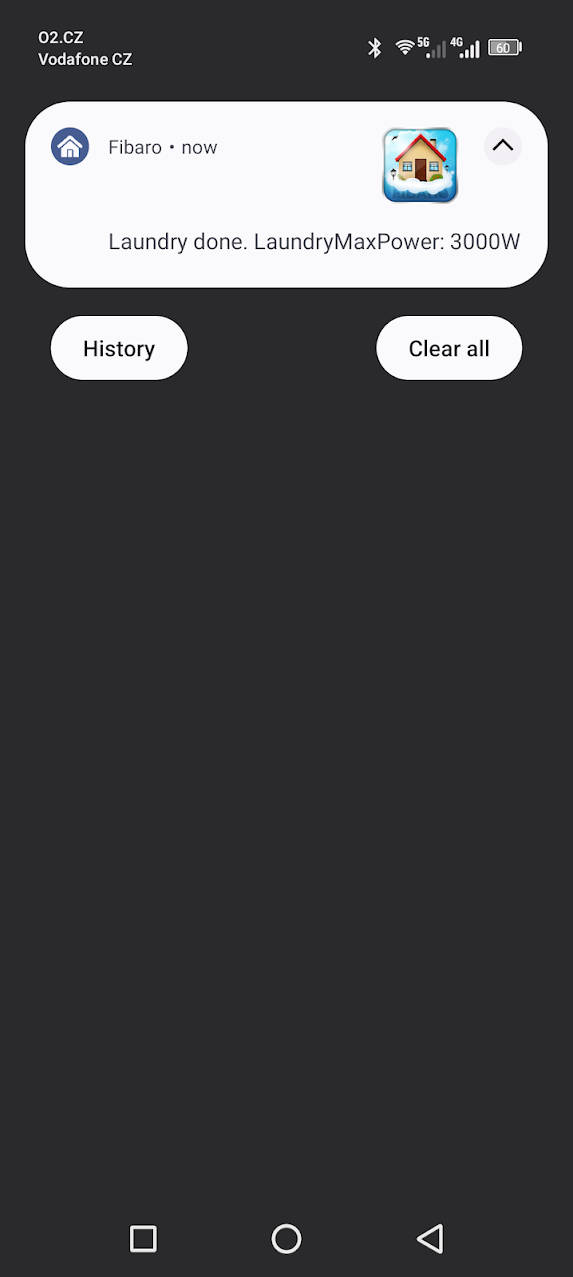FarmingMartin
New Member
- Joined
- Dec 1, 2022
- Messages
- 48
Hi had my system working for a few days now but have just noticed the red alarm light is flashing on the battery.
The charge level lights are on but the run light is off.
Does this sometimes happen for no apparent reason. I have read else where you can reset the battery.
If I turn it off and then switch it back on should that reset it.
Pylontech US5000
The charge level lights are on but the run light is off.
Does this sometimes happen for no apparent reason. I have read else where you can reset the battery.
If I turn it off and then switch it back on should that reset it.
Pylontech US5000




